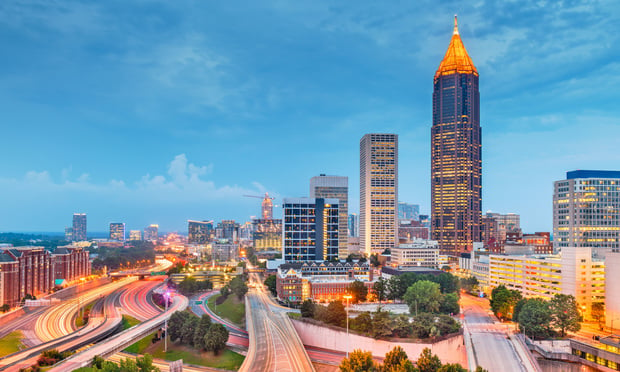PHOENIX-Since 2010, the Southwest Valley submarket of Phoenix has seen record industrial-distribution absorption, which has been the driver of the local industrial markets, Don MacWilliam, SVP specializing in industrial distribution space in the Southwest Valley for Colliers International, tells GlobeSt.com. While not much has been going on in the Southeast Valley, large, well-capitalized companies have been eyeing this market post-recession and many have chosen to run their operations from here.
“Some companies didn't want to be in California,” says MacWilliam. “Companies like Home Depot, Home Shopping Network, Staples, Gap and big solar companies looked at Phoenix and took a bunch of space here. Some took a lot of the product that was existing and built in the 2006-2008 era. We're in the middle of a lot of leases and sales.”
The fifth overall industrial leasing market in the country, just behind Philadelphia, the Southwest Valley's vacancy rates are in the 10.8% range; however, vacancies for buildings greater than 250,000 square feet are at an all-time low of 3.1%. The tightness brought developers including Trammell Crow and Prologis to begin big-box construction in the latter part of 2012.
Currently, Prologis is developing a 486,241-square-foot building at 55th Ave. and Lower Buckeye; and Trammell Crow and Clarion are building a 600,000-square-foot building at I-10 and El Mirage in Avondale. Other large distribution buildings currently under construction include a 593,000-square-foot building at 63rd Ave. and Sherman by Seefried Properties and USAA; a 393,000-square-foot building at 43rd Ave. south of Buckeye Rd., being developed by Jonathan Tratt and Robert Sarver; a 325,800-square-foot property at the northeast corner of 7th Ave. and Buckeye, being developed by Kansas City Life; and a 313,600-square-foot property at 4550 West Watkins by Kansas City Life and Sun State Builders.
The last spec industrial distribution building in the Southwest Valley was a 400,000-square-foot building completed in 2009 by the Sealy Cos. and CalSTRS, which was leased to Home Depot.
MacWilliam says demand is “incredibly strong.” He and his brother, Payson, have specialized in the Southwest Phoenix industrial-distribution market for more than 26 years and have been through four cycles, so he is cautiously optimistic about the building frenzy. “I hope there's not an over-exuberance of people who want to come in and build,” MacWilliam says. “There have been a lot of people waiting on the sidelines to get into this market, and we don't want to be overbuilt. Then everybody competes for the same deals, which doesn't help our development cycle.”
Still, MacWilliam says, there are plenty of users in the market to take up newly built space. “There are anywhere from 8 million to 9 million square feet of users looking at our market right now.”
Part of the appeal of this market is the low occupancy costs as compared to other western markets in California and Nevada, in addition to a high quality of life. “How can you not want to live here for eight months of the year?” McWilliam asks.
As GlobeSt.com reported in April, though much of the Phoenix region was hard-hit in the wake of the subprime housing collapse and Great Recession, one especially struggling submarket was the Scottsdale Airpark. Bounded by Loop 101 and Thunderbird Road on the north and south, with 64th Street and 90th Street-96th Street representing the west and east boundaries respectively, the submarket consists of 3,300 acres and contains 33.9 million square feet of commercial real estate space consisting of office, light industrial retail and aviation buildings, as well as hospitality properties.
© 2025 ALM Global, LLC, All Rights Reserved. Request academic re-use from www.copyright.com. All other uses, submit a request to [email protected]. For more information visit Asset & Logo Licensing.







